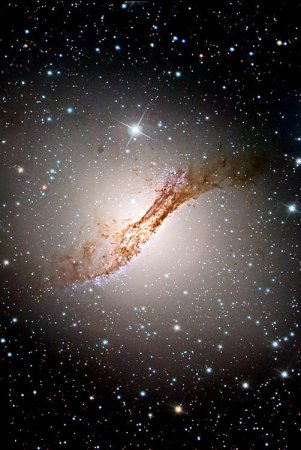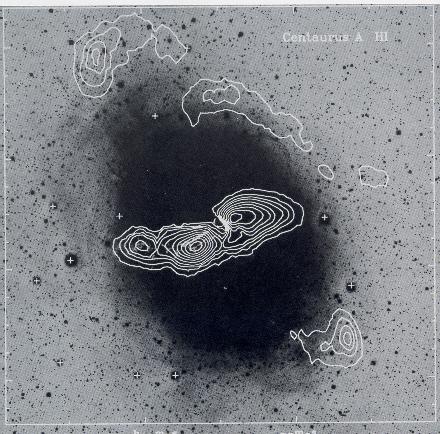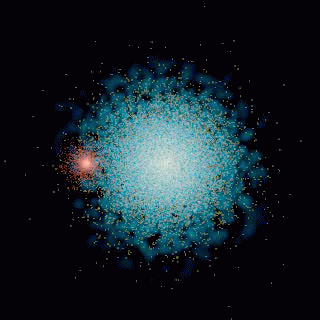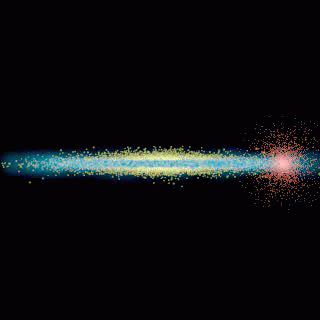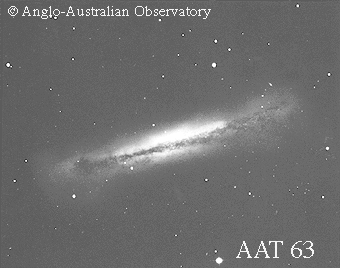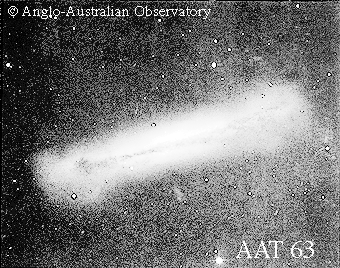Violent relaxation is efficient, setting up an smooth density profile w/in a few dynamical times at most -- the inner regions quickly relax.In the outskirts, the mixing time is much longer, and extended tidal debris has a long survival time.
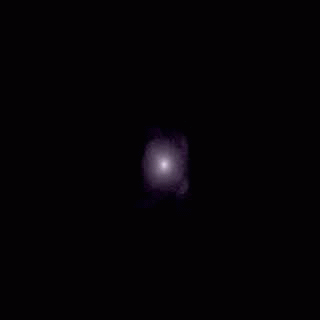
Not all the cold gas is driven to the center. Much is thrown out in the tidal tails, then rains down onto the remnant over a Hubble time.Some gas settles into a warped disk, or into diffuse loops.


